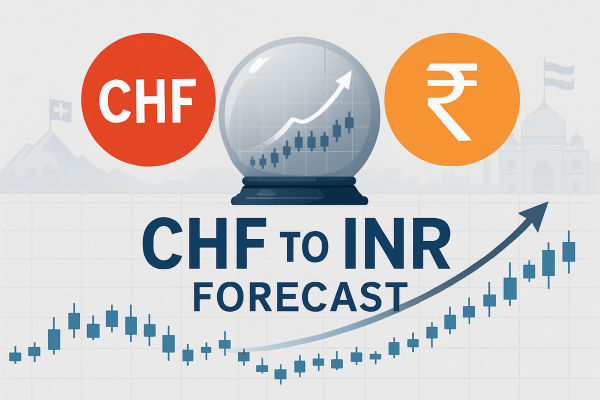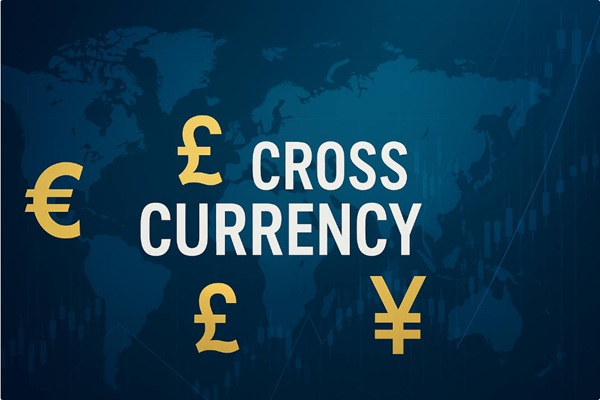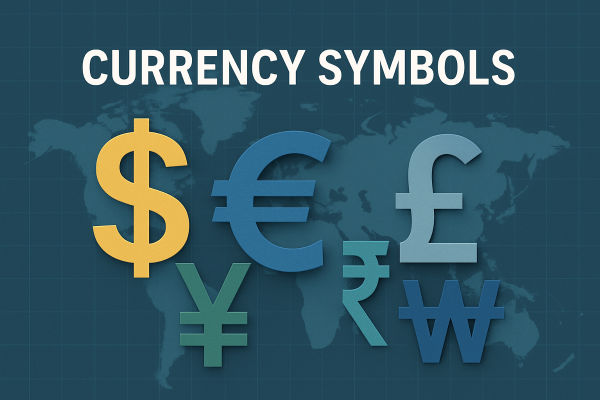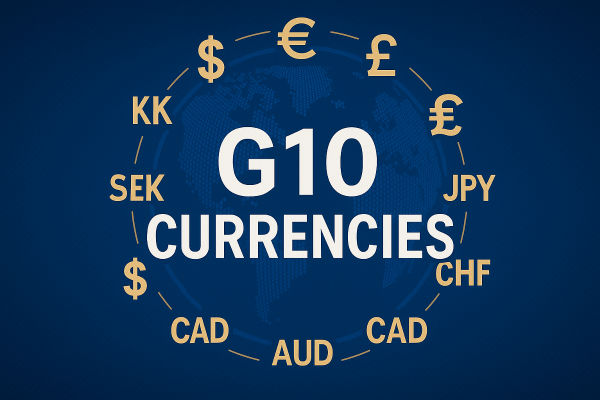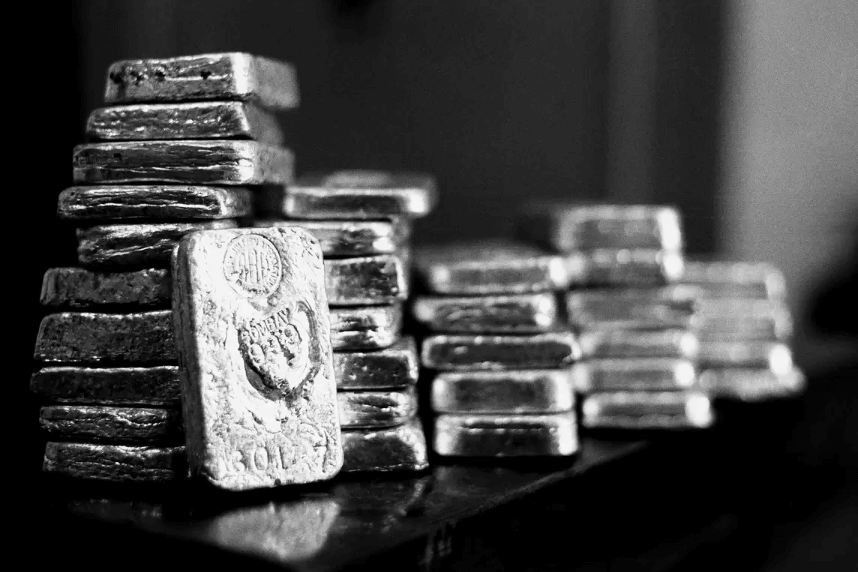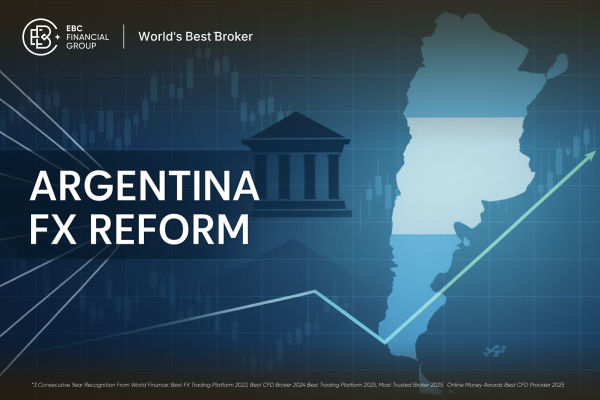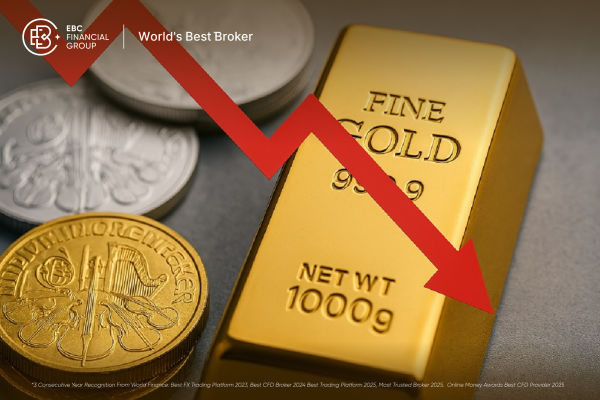As of August 2025, the Swiss franc (CHF) remains strong against the Indian rupee (INR), with the exchange rate hovering near ₹108–109 per CHF.
While India's falling inflation and solid GDP growth provide support for the rupee, the franc's reputation as a global safe haven means it continues to hold the upper hand.
This article breaks down the latest data, forecasts, and scenarios to answer the big question: Will the rupee gain ground against the franc in 2025 or remain under pressure?
Current CHF to INR Snapshot (August 2025)
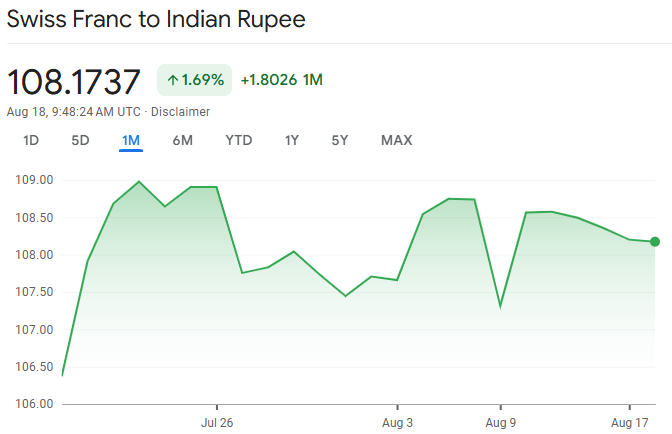
The latest CHF to INR spot rate shows CHF 1 ≈ ₹108.5 (17 August 2025). Short-term daily trading has seen a narrow range at ₹107.9–108.7.
As for other data points:
1) India Macro Indicators
Inflation (July 2025): 1.55% YoY, an eight-year low
GDP Growth: ~6.6% YoY, resilient compared to peers
Outlook: Low inflation gives RBI room to ease rates, which could support growth but reduce INR's yield advantage.
2) Switzerland Macro Indicators and Policy
SNB Policy Rate: 0.00% (June 2025)
Inflation: Near 0%, core CPI restrained
Outlook: CHF remains a low-yield, safe-haven play, gaining in times of risk but lagging in strong global growth phases.
3) India Policy
Repo Rate: 5.50% (August 2025 decision)
Stance: Neutral, with flexibility for easing
Implication: If the RBI reduces rates too sharply, the INR could decline further against the CHF.
What the Latest Data Imply (August 2025)
1) Inflation & Monetary Policy Tilt (India vs Switzerland)
In July, India's Consumer Price Index (CPI) rose 1.55%, significantly reducing near-term inflation pressures. This development may pave the way for potential easing by the Reserve Bank of India (RBI) in the coming months, provided the trend continues. Markets are already pricing in the possibility of rate cuts that could occur later in 2025.
However, lower domestic interest rates could diminish the Indian Rupee's (INR) carry premium compared to the Swiss Franc. If the cuts are substantial, this may put additional pressure on the INR.
Switzerland's inflation is nearly zero, and the Swiss National Bank's (SNB) policy rate is set at 0.00%. It means that the SNB is essentially on par with global central banks that are cutting rates from higher levels.
As a result, the Swiss franc (CHF) offers low yields, making it vulnerable to safe-haven inflows rather than attracting carry trades. Thus, if the RBI eases policy first, the INR may lose yield attractiveness compared to the CHF. However, if India's growth surprises and the RBI maintains its stance, the INR could perform better.
2) FX Market Structure and Recent Moves
The CHF/INR exchange rate has been fluctuating within the range of ₹107 to ₹109, with mid-August quotes indicating CHF is around ₹108.5.
Meanwhile, the USD/INR rate is approximately ₹87.4. The Indian rupee has been supported by inflows from the equity market and positive domestic developments, such as tax cuts and overall market optimism.
This situation suggests a two-way flow dynamic: while India is experiencing localised strength, the safe-haven status of the CHF means that sudden global shocks could quickly alter the exchange rate.
3) Capital Flows: Portfolio vs Bond Flows
India remains a favoured EM for long-term investors, but FPI equity flows are sensitive to global risk and tariff headlines.
Analyst coverage flagged mixed flows: equities experienced net selling in certain sessions while bonds drew inflows, a split that can support the rupee in the short term if bond appetite persists.
Continued bond demand supports INR; a reversal or sudden equity outflow would weaken it.
Swiss Franc to Indian Rupee Forecast (Next 1–3 Months)
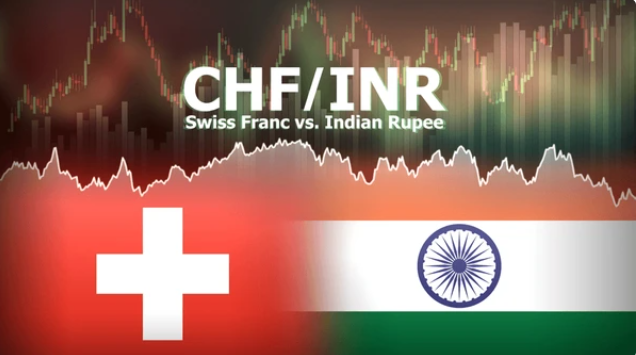
Base Case (40% Probability): Rangebound With Gradual INR Appreciation to ₹106–107
Conditions: Inflation in India stays low while the RBI indicates a gradual easing; global risk sentiment remains stable; bond inflows and stock market gains persist.
Drivers: Local macro resilience and capital inflows slightly strengthen INR; CHF remains steady near zero policy yield.
Expected range: CHF 1 = ₹106–107 by end-Q3 2025 (modest INR appreciation).
Risk-on Case (30% Probability): INR Strengthens to ₹103–105
Conditions: Global risk appetite improves strongly (equity rally), USD weakens more decisively, and India attracts robust portfolio inflows. RBI signals no near-term easing.
Drivers: Yield hunt & growth optimism favour EMs, rupee outperforms, CHF retreats as safe-haven demand falls.
Expected range: CHF 1 = ₹103–105.
Risk-off / RBI-Cut Case (30% Probability): INR Weakens to ₹110–114
Conditions: Global shock or sudden FPI outflows, or RBI signals/executes a meaningful rate cut; oil price spike or negative fiscal news triggers rupee weakness.
Drivers: CHF strengthens on safe-haven flows; INR loses yield premium and faces trade/funding pressure.
Expected range: CHF 1 = ₹110–114.
CHF to INR Medium-Term Outlook (6–12 Months): Key Structural Themes
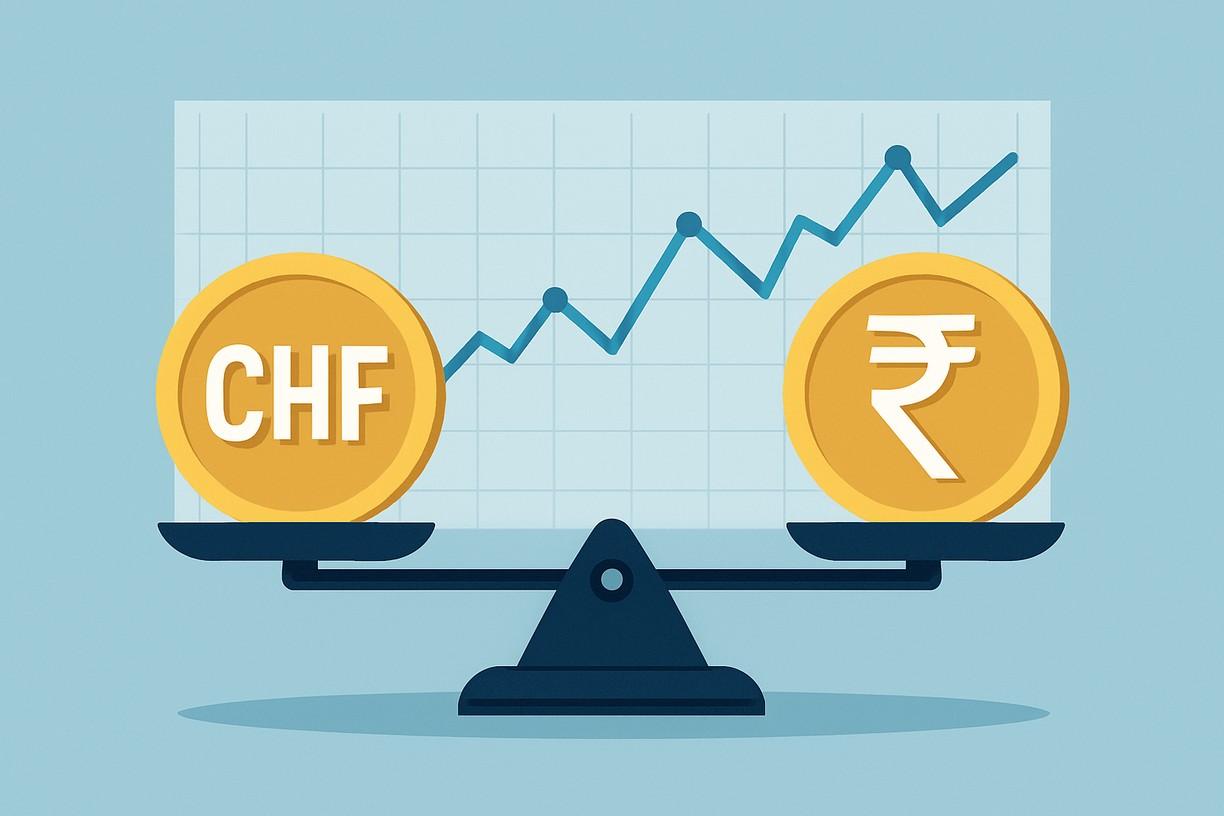
1) Rupee's Path Depends on India's Policy Exit and FX Buffers
If the RBI loosens gradually and foreign exchange reserves stay sufficient, the INR can handle slow adjustments. If cuts are aggressive or reserves fall, downside risk increases.
2) The Swiss Franc's Role as Safe Haven Remains Intact
During extended global instability, CHF may appreciate; without disturbances, CHF often lags behind carry currencies. Expect intermittent spikes in CHF demand during risk shocks.
3) USD Direction Matters
Since numerous transactions are facilitated through USD, significant changes in DXY will affect CHF and INR pairs. A softer USD usually benefits INR (through EM flows) but may also decrease demand for CHF as a safe haven—the overall effect relies on comparative flows.
4) Commodity Prices (Oil) and Trade Dynamics Will Be a Wildcard
India is a net oil importer; higher oil prices tend to hurt the INR. Watch Brent as a short-cut risk indicator for rupee pressure.
Practical Tips for Traders
For FX traders
Trade the Risk Sentiment: Use CHF/INR directional trades tied to global risk indices or USD risk signals. Trend-following strategies work when risk regimes persist.
Watch Positioning: Monitor CFTC-style reports for USD positioning and broker flows for INR; crowded long rupee positioning can accelerate reversals.
For Retail Investors
Diversify with currency ETFs or international funds that include CHF exposure. This adds a safe-haven balance to portfolios dominated by Indian assets.
Monitor oil prices as a higher crude price often weakens the INR, which can indirectly affect your investments.
Frequently Asked Questions
1. Why Is the Swiss Franc Stronger Than the Indian Rupee?
Global investors consider the Swiss franc a safe-haven currency, turning to it during times of uncertainty. Meanwhile, domestic factors such as oil imports, inflation, and capital flows influence the Indian Rupee. This combination often keeps CHF stronger than INR.
2. How Do Global Factors Like Oil Prices and USD Trends Impact CHF/INR?
Higher oil prices hurt India's trade balance, putting pressure on the rupee. Similarly, if the US dollar weakens, INR often benefits from stronger inflows, while CHF loses some safe-haven demand, influencing the exchange rate.
3. Will the Indian Rupee Strengthen Against the Swiss Franc in 2025?
Short-term forecasts suggest that the INR may appreciate modestly if India's inflation stays low, GDP growth remains stable, and foreign capital inflows continue.
Conclusion
In conclusion, the CHF to INR outlook for 2025 suggests the rupee may strengthen modestly in the short run, especially if inflation remains low and foreign inflows continue. However, the Swiss franc's safe-haven role means it will likely stay stronger in periods of global volatility.
For traders and investors, the key drivers to watch are:
RBI policy moves and India's inflation path
Oil prices, which directly affect INR strength
Global risk sentiment, which determines CHF demand
US dollar trends, shaping flows into both currencies
Disclaimer: This material is for general information purposes only and is not intended as (and should not be considered to be) financial, investment or other advice on which reliance should be placed. No opinion given in the material constitutes a recommendation by EBC or the author that any particular investment, security, transaction or investment strategy is suitable for any specific person.
